Home>Furniture>Bedroom Furniture>Which Bed Frame Requires A Box Spring
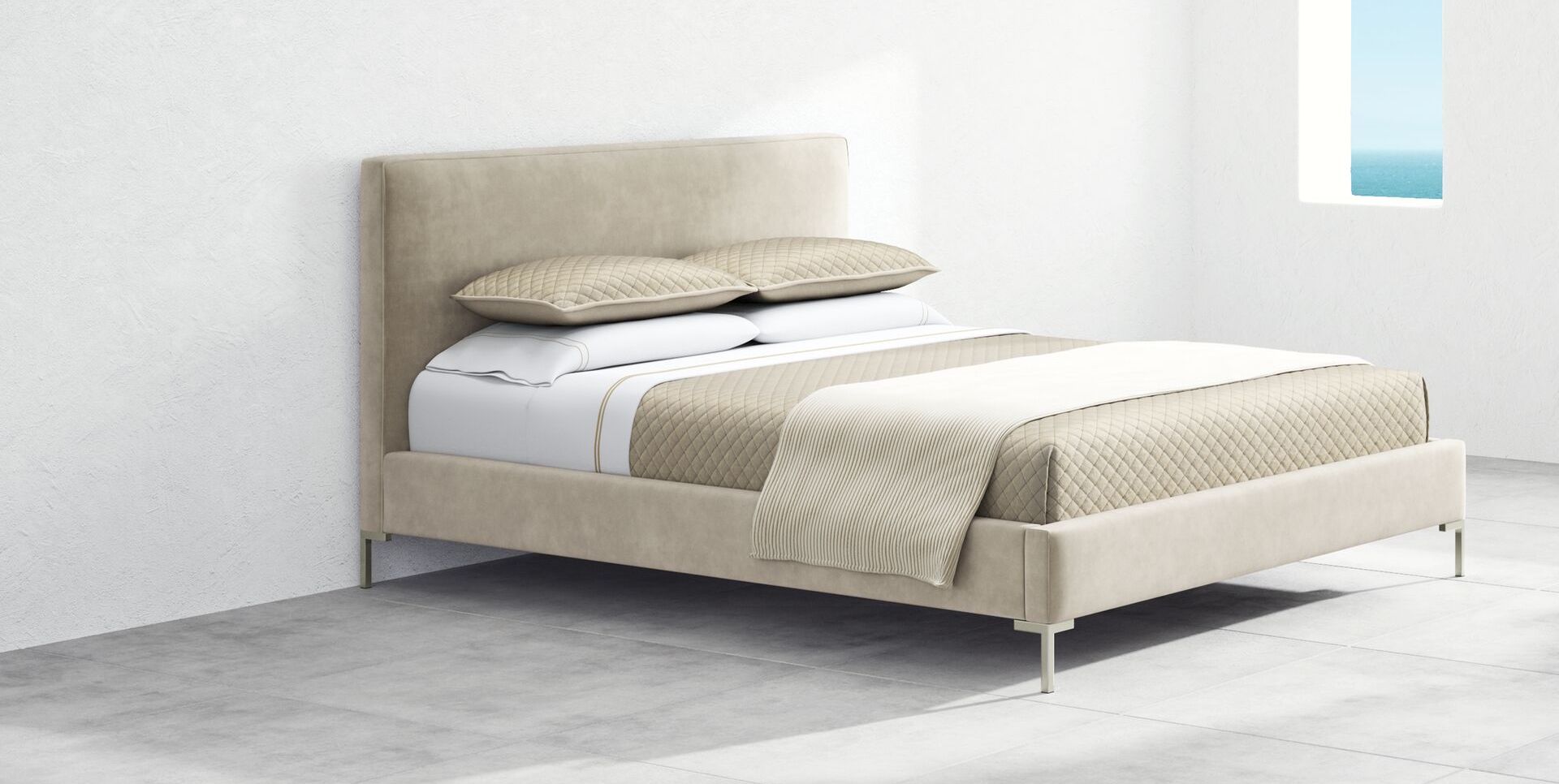

Bedroom Furniture
Which Bed Frame Requires A Box Spring
Modified: November 1, 2024
Looking for bedroom furniture? Find out which bed frames require a box spring to ensure your bedroom setup is perfect.
(Many of the links in this article redirect to a specific reviewed product. Your purchase of these products through affiliate links helps to generate commission for Storables.com, at no extra cost. Learn more)
Introduction
Welcome to the world of bedroom furniture, where every element plays a crucial role in creating the perfect sleeping environment. One key component that often gets overlooked is the choice of bed frame. Apart from providing support and stability, the bed frame also determines whether a box spring is required or not.
But what exactly is a box spring? And why does it matter when it comes to selecting the right bed frame? In this article, we will delve into the world of bed frames and explore the types that require a box spring, as well as those that don’t. We will also discuss the benefits of using a box spring, the drawbacks, and alternative options available to you.
So, whether you’re in the market for a new bed frame or just curious about the different options out there, this article will provide you with the knowledge you need to make an informed decision. Let’s jump right in and explore the fascinating world of bed frames and box springs.
Key Takeaways:
- Choose a bed frame that suits your needs and preferences, whether it requires a box spring or not. Consider factors like size, style, and compatibility with your mattress to create the perfect sleep environment.
- Explore alternatives to traditional box springs, such as platform bed frames and adjustable bases, to customize your sleep setup. Consider factors like support, aesthetics, and budget when choosing the right bed frame.
Read more: How To Install A Box Spring On A Bed Frame
What is a box spring?
A box spring, also known as a bed base or a foundation, is a supportive element that is typically placed between the mattress and the bed frame. Its primary function is to provide additional support and enhance the overall comfort of the mattress.
Box springs are usually made of a wooden frame with metal springs or a grid of metal slats. They are covered with fabric or upholstery to provide a polished and aesthetically pleasing appearance. The construction of the box spring allows it to absorb shock and distribute weight evenly, reducing wear and tear on the mattress and increasing its lifespan.
One of the main functions of a box spring is to absorb the movement of the sleeper and reduce motion transfer. This is especially beneficial for couples, as it minimizes disruptions caused by one partner’s movements throughout the night. The box spring’s flexibility also adds a responsive element to the mattress, enhancing its supportive properties.
In addition to its supportive qualities, a box spring can also provide added height to the bed. This can be advantageous for individuals with mobility issues, making it easier for them to get in and out of bed. The extra height can also enhance the visual appeal of the bed, giving it a more substantial and luxurious look.
It’s important to note that not all bed frames require a box spring. Some bed frames are specifically designed to be used without one, while others are compatible with a box spring but can also be used without it. The decision to use a box spring ultimately depends on your personal preferences and the specific requirements of your mattress and bed frame.
Now that we understand what a box spring is and its purpose, let’s explore the different types of bed frames and determine which ones require the use of a box spring.
Types of bed frames
When it comes to bed frames, there are a variety of options available, each with its own unique design and construction. Understanding the different types of bed frames can help you make an informed decision about which one is best suited for your needs and preferences.
1. Platform Bed Frames:
A platform bed frame is a popular choice for those who prefer a sleek and minimalist design. These frames have a solid base that eliminates the need for a box spring. The mattress is placed directly on the platform, which is typically made of wood or metal slats. Platform bed frames provide excellent support and stability while offering a modern and stylish aesthetic.
2. Panel Bed Frames:
Panel bed frames, also known as traditional bed frames, feature a headboard and a footboard with decorative panels. These frames can come with or without a box spring, depending on the design. Some panel bed frames have a slatted base that eliminates the need for a box spring, while others may require one for added support.
3. Sleigh Bed Frames:
Sleigh bed frames are known for their distinctive curved headboard and footboard, resembling a sleigh. These frames often have a solid base that doesn’t require a box spring. The curved design provides a luxurious and elegant look, making sleigh bed frames a popular choice for traditional or classic bedroom styles.
4. Four-Poster Bed Frames:
Four-poster bed frames are characterized by four tall posts at each corner of the bed, usually made of wood or metal. These frames often come with a canopy or drapes that can be closed for added privacy. Depending on the design, four-poster bed frames may or may not require a box spring. Some have a slatted base or solid platform, while others may provide additional support with the use of a box spring.
5. Adjustable Bed Frames:
Adjustable bed frames are designed to provide customizable comfort, allowing you to adjust the position of the head and foot of the bed. These frames typically have a built-in motorized mechanism that enables easy adjustment. While some adjustable bed frames can work with a box spring, many do not require one, as they provide their own support system.
6. Daybed Frames:
Daybed frames are versatile pieces of furniture that can be used both as a sofa and a bed. These frames usually have a slatted base or a solid platform that doesn’t require a box spring. Daybeds are a great option for guest rooms or small spaces, as they provide a comfortable seating area during the day and a cozy bed for guests at night.
Now that we’ve explored the different types of bed frames, let’s delve into the ones that require a box spring and those that don’t.
Bed frames that require a box spring
While there are many bed frames on the market that can be used without a box spring, there are still some designs that require the use of this additional support system. Understanding which bed frames need a box spring is essential for ensuring optimal mattress performance and longevity.
1. Traditional Metal Bed Frames:
Traditional metal bed frames, often made of steel or iron, typically require a box spring. These frames have metal rails or a metal grid system that provides a foundation for the mattress. The box spring helps absorb shock and distribute weight evenly, ensuring the mattress remains stable and supported.
2. Antique or Vintage Bed Frames:
Antique or vintage bed frames may also require a box spring. These frames were often designed with specific dimensions and construction methods that rely on the additional support provided by a box spring. Consult with a professional or do thorough research to determine if your antique or vintage bed frame necessitates a box spring.
3. High-Profile Bed Frames:
Bed frames that have a higher profile, such as those with taller legs or a more substantial design, often benefit from the use of a box spring. The additional height provided by the box spring can complement the aesthetic of the bed frame and enhance the overall look of the bedroom.
4. Mattress Warranty Requirements:
Some mattress manufacturers require the use of a box spring to validate the warranty. If you want to ensure your mattress warranty remains valid, it’s important to check the manufacturer’s guidelines and recommendations. If they stipulate the use of a box spring, you will need to select a bed frame that accommodates this requirement.
While these bed frames require a box spring, it’s essential to consider the specific requirements and guidelines provided by the manufacturer. Some designs offer alternative support systems, such as slatted bases or solid platforms, that can be used in place of a traditional box spring.
It’s important to remember that using a box spring is not always mandatory. Many modern bed frames and mattress designs are compatible with alternative support systems, allowing you to forgo a box spring if desired. Now that we’ve explored the bed frames that require a box spring let’s move on to the ones that don’t.
Bed frames that don’t require a box spring
If you prefer a bed frame that doesn’t require a box spring, you’re in luck! There are plenty of options available that can provide excellent support and comfort without the need for an additional support system. Let’s explore some of the bed frames that can function well on their own.
1. Platform Bed Frames:
Platform bed frames are designed with a solid base or a slatted system that provides ample support for the mattress. These frames eliminate the need for a box spring, as the mattress can be placed directly on the platform. Platform bed frames offer a modern and minimalist look while providing sturdy support for a restful night’s sleep.
2. Adjustable Bed Frames:
Adjustable bed frames are equipped with a built-in support system that allows you to customize the position of the bed. These frames can often be used without a box spring, as they provide their own adjustable base for the mattress. Adjustable bed frames are a great choice if you prefer customizable comfort and functionality.
3. Slatted Bed Frames:
Many bed frames come with a slatted base, consisting of wooden or metal slats horizontally across the frame. Slatted bed frames provide sufficient support for the mattress and eliminate the need for a box spring. The slats are evenly spaced to promote proper weight distribution and airflow to the mattress, ensuring a comfortable sleeping experience.
4. Solid Platform Bed Frames:
A solid platform bed frame features a sturdy, solid base that eliminates any need for a box spring. These frames are typically made of wood or metal and offer excellent support for the mattress. Solid platform bed frames are known for their durability and stability, making them a popular choice for those who prefer simplicity and a firm sleeping surface.
5. Bunk Beds and Loft Beds:
Bunk beds and loft beds usually have built-in support systems, such as slatted bases or solid platforms, that don’t require a box spring. These space-saving bed frames provide a cozy and functional sleeping arrangement, often with additional storage or workspaces underneath.
It’s important to note that while these bed frames don’t require a box spring, you can still choose to add one for extra height or personal preference. Additionally, when selecting a bed frame, ensure that it is compatible with the specific type and size of your mattress for optimal performance.
Now that we’ve explored the bed frames that don’t require a box spring, let’s move on to the benefits and drawbacks of using a box spring.
If you have a platform bed frame, you typically do not need a box spring as the slats provide support. However, for a traditional metal bed frame, a box spring is usually required for proper support.
Read more: How To Use A Bed Frame Without A Box Spring
Benefits of using a box spring
While there are bed frames that don’t require a box spring, there are still several benefits to using one. Understanding the advantages of using a box spring can help you make an informed decision about whether it’s the right choice for your sleep setup. Let’s explore some of the key benefits of using a box spring.
1. Enhanced Support and Stability:
A box spring provides an additional layer of support for your mattress, ensuring proper weight distribution and reducing the risk of sagging. It acts as a solid foundation, allowing your mattress to maintain its shape and integrity over time. The box spring absorbs a portion of the weight placed on the mattress, offering increased stability and extending the lifespan of your sleep surface.
2. Improved Comfort:
Box springs are designed to provide a cushioning effect, adding an extra layer of comfort to your sleeping experience. The springs or slats within the box spring create a responsive surface that helps alleviate pressure points and promote a more restful sleep. This can be especially beneficial for individuals who suffer from joint or back pain.
3. Reduced Motion Transfer:
When two people share a bed, movement from one side can often disturb the other. A box spring can help minimize motion transfer, providing a more peaceful sleep environment for both partners. The additional bounce and shock-absorbing properties of a box spring help absorb the movement, reducing disturbances and ensuring uninterrupted rest.
4. Added Height and Aesthetics:
Using a box spring can significantly increase the height of your bed. This added height can make it easier to get in and out of bed, particularly for individuals with mobility issues. Additionally, the increased height can enhance the overall visual appeal of your bed, making it a focal point in your bedroom decor.
5. Warranty Compliance:
Some mattress manufacturers require the use of a box spring to maintain the warranty of the mattress. Using a box spring as recommended by the manufacturer ensures that any potential warranty claims are valid.
It’s important to note that the benefits of using a box spring can vary depending on the specific mattress and bed frame combination. It’s always a good idea to consult the manufacturer’s guidelines and recommendations to determine the best support system for your mattress.
Now that we’ve explored the benefits of using a box spring, let’s discuss some of the drawbacks associated with its use.
Drawbacks of using a box spring
While there are benefits to using a box spring with your bed frame, it’s important to consider the potential drawbacks as well. Understanding the limitations of a box spring can help you make an informed decision about whether it’s the right choice for your sleep setup. Let’s explore some of the key drawbacks of using a box spring.
1. Limited Compatibility:
Not all bed frames are compatible with a box spring. Some modern bed frame designs, such as platform bed frames or adjustable bed frames, are specifically designed to function without a box spring. If your bed frame is not compatible, it may be challenging to incorporate a box spring into your sleep setup.
2. Height and Accessibility:
While the added height of a box spring can be beneficial for some individuals, it may pose challenges for others. The increased height can make it more difficult for shorter individuals or those with mobility issues to get in and out of bed comfortably. Additionally, the higher profile of the bed with a box spring may require the use of step stools or ladders for accessibility.
3. Increased Cost:
Adding a box spring to your sleep setup can involve an additional expense. Box springs are separate components that need to be purchased in addition to the bed frame and mattress. If you’re on a tight budget, this additional cost may not be feasible or necessary, especially if your bed frame is designed to function without a box spring.
4. Weight and Maintenance:
Box springs can be heavy and cumbersome to move, especially when it comes to cleaning or rearranging your bedroom. Additionally, dust and allergens can accumulate within the box spring over time, requiring regular maintenance to keep it clean and hygienic.
5. Reduced Firmness or Support Options:
While a box spring can provide added cushioning and comfort, it may not be suitable for those who prefer a firmer sleep surface. The additional bounce and flexibility of a box spring may not offer the level of support desired by some individuals, particularly those with specific orthopedic needs or back pain issues.
It’s important to weigh these potential drawbacks against the benefits of using a box spring and consider your specific sleep preferences and needs. There are alternative support systems available, such as platform bed frames or adjustable bases, that may better suit your requirements and eliminate the need for a box spring.
Now that we’ve discussed the drawbacks of using a box spring, let’s explore some alternatives that you can consider for your bed frame.
Alternatives to a box spring
If you’re looking for alternatives to a traditional box spring, there are several options available that can provide excellent support and comfort for your mattress. These alternatives offer different features and benefits, allowing you to customize your sleep setup to suit your specific needs and preferences. Let’s explore some of the popular alternatives to a box spring.
1. Platform Bed Frames:
Platform bed frames are a versatile alternative to a box spring. These frames have a solid base or a slatted system that provides ample support for the mattress. Platform bed frames offer a modern and minimalist look while providing sturdy support. They are compatible with various mattress types and can often be used without a box spring, as the mattress can be placed directly on the platform.
2. Adjustable Bed Bases:
If customization and versatility are important to you, consider investing in an adjustable bed base. Adjustable bed bases offer ergonomic positions that allow you to adjust the angle of your head and feet. They often come with built-in support systems, such as slatted bases or solid platforms, eliminating the need for a box spring. Adjustable bed bases offer added comfort and convenience, especially for those who suffer from conditions like acid reflux, snoring, or circulation issues.
3. Slatted Bed Frames:
Bed frames with slatted bases are an excellent alternative to a box spring. These frames have a system of wooden or metal slats that provide support and airflow for the mattress. The slats are evenly spaced to distribute weight and promote proper mattress ventilation. Slatted bed frames offer a combination of support and flexibility, ensuring a comfortable and restful sleep.
4. Solid Platform Bed Frames:
Solid platform bed frames feature a sturdy, solid base that can provide outstanding support for your mattress. These frames eliminate the need for a box spring as they offer a solid foundation. Solid platform bed frames are often made of wood or metal, ensuring durability and stability. They provide a firm sleeping surface and are an excellent choice for those who prefer a minimalist and sleek look.
A mattress foundation is another alternative to consider. These foundations are designed specifically to provide a stable and supportive base for your mattress. They are typically made of solid wood or metal and offer a similar function to a box spring. Mattress foundations are available in different heights and can be used with various bed frames or directly on the floor.
Remember, when choosing an alternative to a box spring, ensure that it is compatible with your mattress and bed frame. Consider factors such as mattress warranties, support needs, and the aesthetic appeal of your sleep setup.
Now that we’ve explored alternatives to a box spring, let’s discuss some important factors to consider when choosing a bed frame.
Factors to consider when choosing a bed frame
Choosing the right bed frame is essential for creating a comfortable and functional sleep environment. There are several factors to consider when selecting a bed frame that suits your needs and preferences. Let’s explore some important factors to consider before making your decision.
1. Size and Space:
First and foremost, consider the size of your bedroom and the available space. Determine whether you need a twin, full, queen, or king-size bed frame based on your needs and the dimensions of your room. Make sure to measure the available space to ensure that the bed frame fits comfortably without overcrowding the room.
2. Mattress Compatibility:
Check the compatibility of the bed frame with your desired mattress type. Different bed frames are designed to accommodate specific mattress sizes and types. Ensure that the bed frame provides adequate support for your mattress and is compatible with its thickness, whether it be a traditional innerspring, memory foam, or hybrid mattress.
3. Style and Aesthetics:
The style and aesthetics of the bed frame will play a significant role in the overall look and feel of your bedroom. Consider the design, materials, and finishes that complement your personal style and bedroom decor. Whether you prefer a modern, minimalist look or a classic, ornamental design, choose a bed frame that enhances the ambiance of your sleeping space.
4. Support and Durability:
Look for a bed frame that provides excellent support and durability. Consider the construction materials and design elements that contribute to a sturdy and long-lasting frame. Solid wood or metal frames are popular choices for their strength and durability, while platform bed frames with slatted bases offer great support and airflow.
5. Height and Accessibility:
Consider the height of the bed frame and its compatibility with your needs. If you have difficulties getting in and out of bed, opt for a bed frame with a lower profile. Conversely, if you prefer a higher bed for aesthetic reasons or additional storage space, consider a bed frame with built-in features like drawers or under-bed storage.
6. Budget:
Establish a budget for your bed frame purchase. Determine the amount you are willing to spend and explore options within that price range. Remember to consider the long-term value and durability of the bed frame, as investing in a quality product can ensure years of comfortable sleep.
7. Additional Features:
Bed frames come with various additional features and functionalities. Some frames have headboards and footboards that add style and support, while others have built-in storage options for added convenience. Consider if these additional features are important to you and if they align with your sleep and lifestyle needs.
By considering these factors, you can make an informed decision when choosing a bed frame that meets your individual preferences, needs, and budget.
Now that we’ve explored the factors to consider when choosing a bed frame, let’s wrap up our discussion.
Conclusion
Choosing the right bed frame is a crucial step in creating the perfect sleep environment. Understanding the role of a box spring, exploring different bed frame types, and considering the benefits and drawbacks are key factors in making an informed decision. While some bed frames require a box spring for optimal support and functionality, there are also many alternatives available that can provide excellent comfort and stability on their own.
Platform bed frames, adjustable bed bases, slatted bed frames, and solid platform bed frames are just a few examples of alternatives that offer a range of benefits. These options allow you to customize your sleep setup to suit your preferences, whether it’s a minimalist aesthetic, additional storage space, or adjustable comfort.
When choosing a bed frame, consider factors such as size, mattress compatibility, style and aesthetics, support and durability, height and accessibility, budget, and any additional features that may enhance your sleep experience.
Remember, the bed frame serves as the foundation for your mattress, providing stability, support, and comfort. By selecting the right bed frame for your needs, you can ensure that you create a sleep environment that promotes restful nights and rejuvenating mornings.
Ultimately, the choice between a bed frame that requires a box spring and one that doesn’t depends on your personal preferences, the compatibility of your mattress, and the guidelines provided by the manufacturer. Explore different options, weigh the benefits and drawbacks, and consider your individual sleep requirements to make the best decision for your bedroom.
Now that you’re equipped with the knowledge about bed frames and box springs, go ahead and find the perfect combination that will make your bedroom a haven of relaxation and comfort.
Frequently Asked Questions about Which Bed Frame Requires A Box Spring
Was this page helpful?
At Storables.com, we guarantee accurate and reliable information. Our content, validated by Expert Board Contributors, is crafted following stringent Editorial Policies. We're committed to providing you with well-researched, expert-backed insights for all your informational needs.
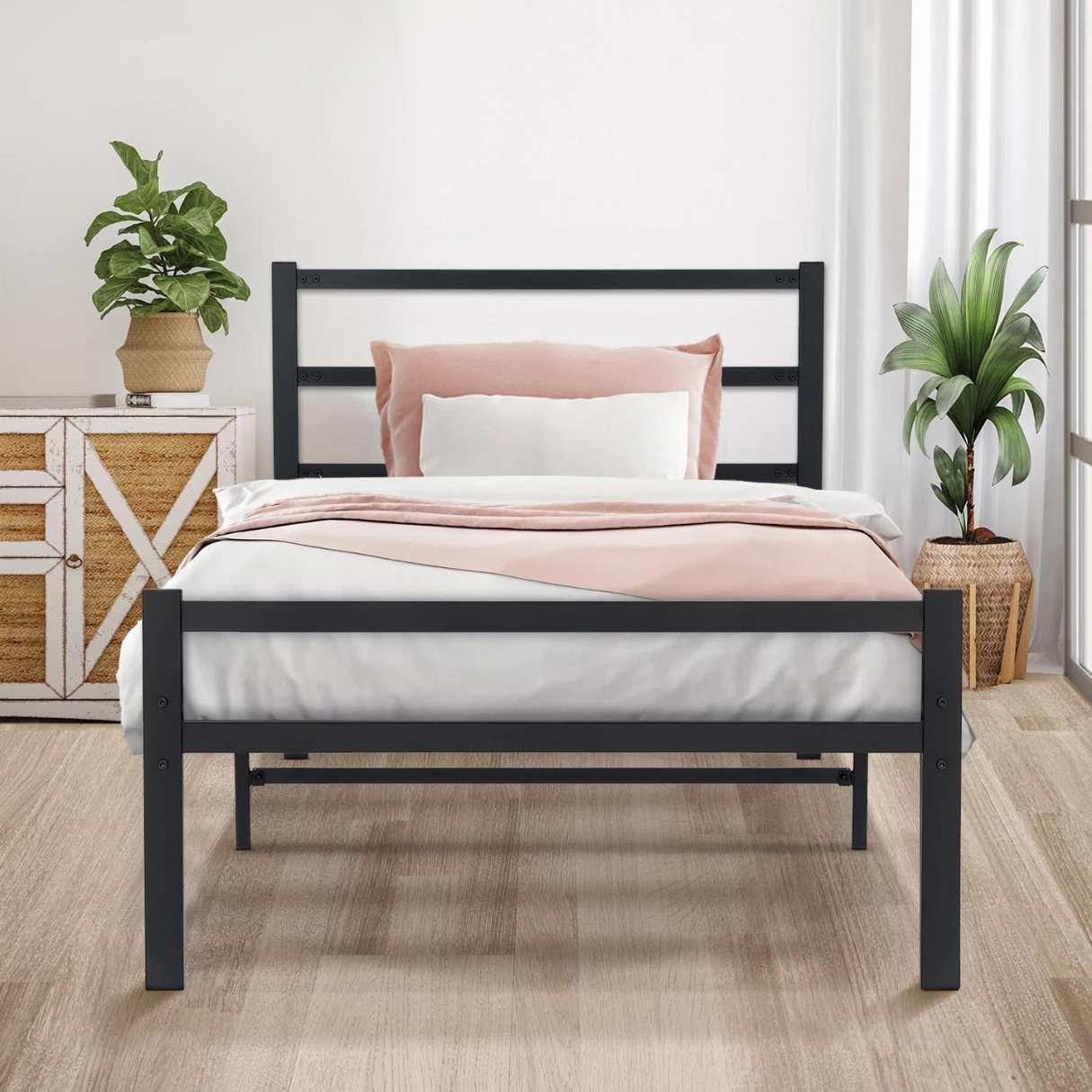
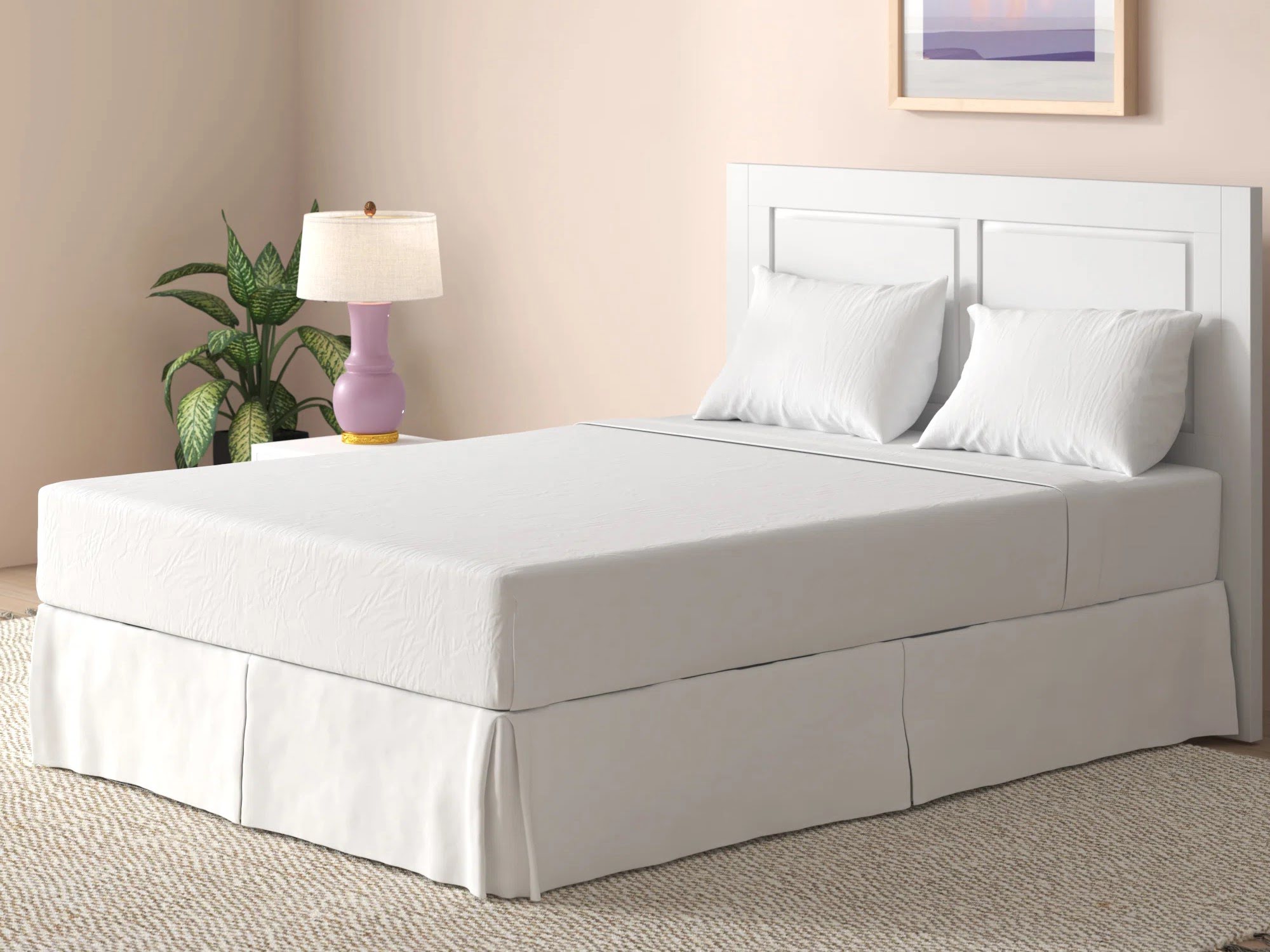
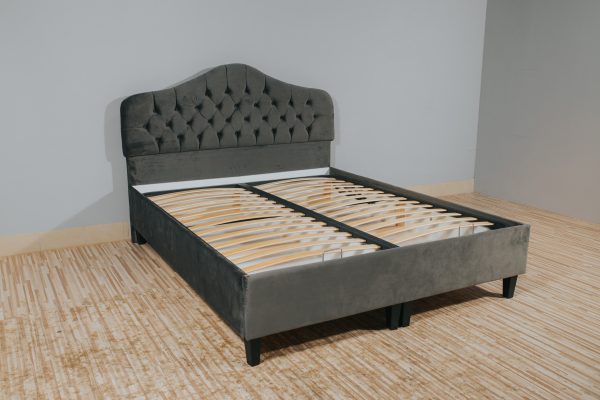
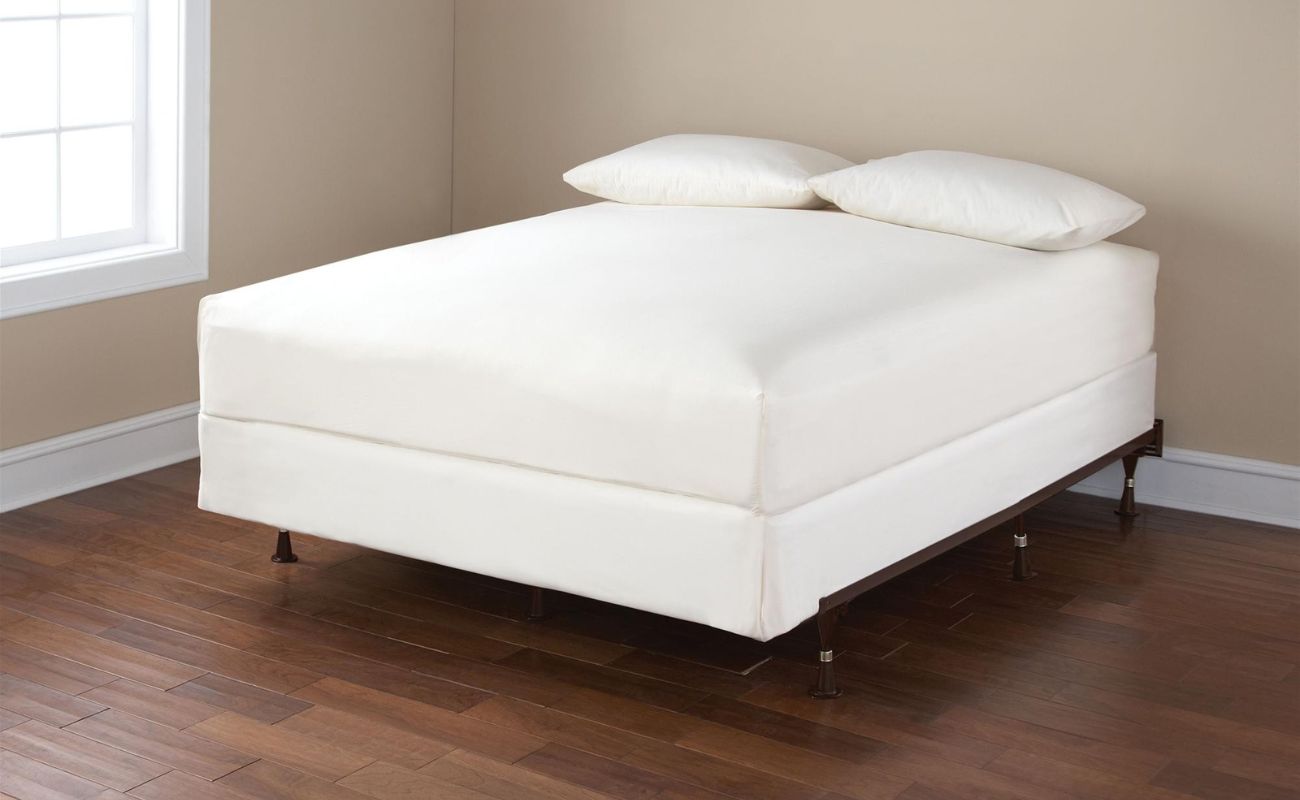
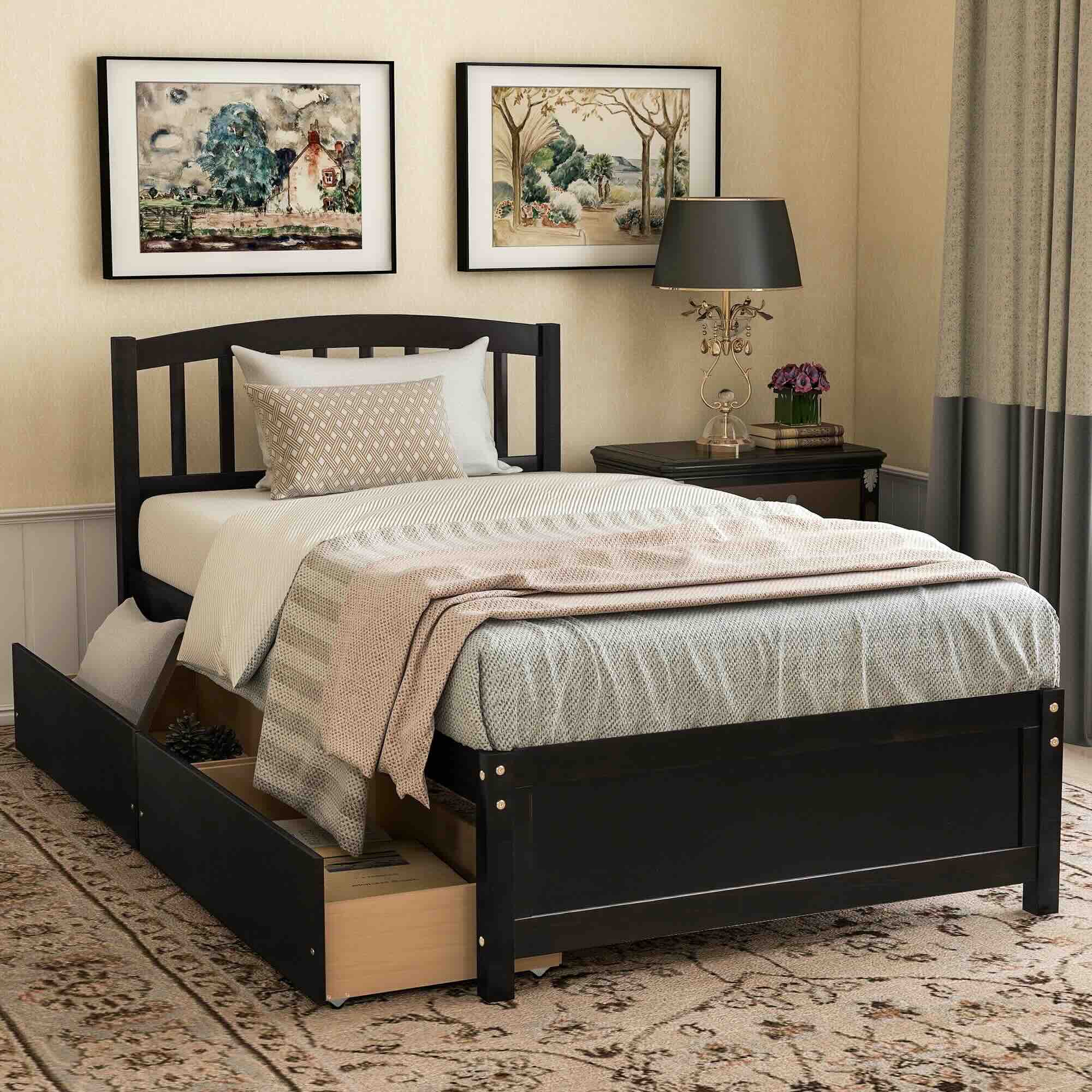


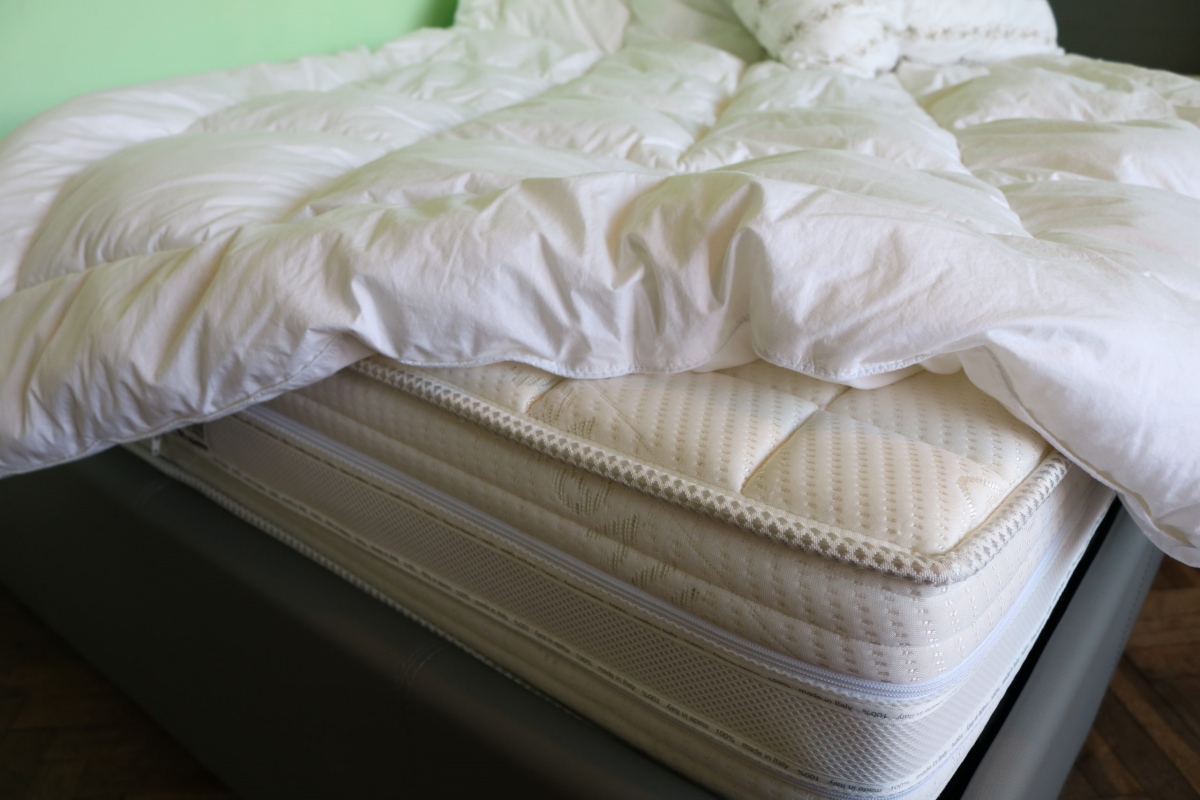

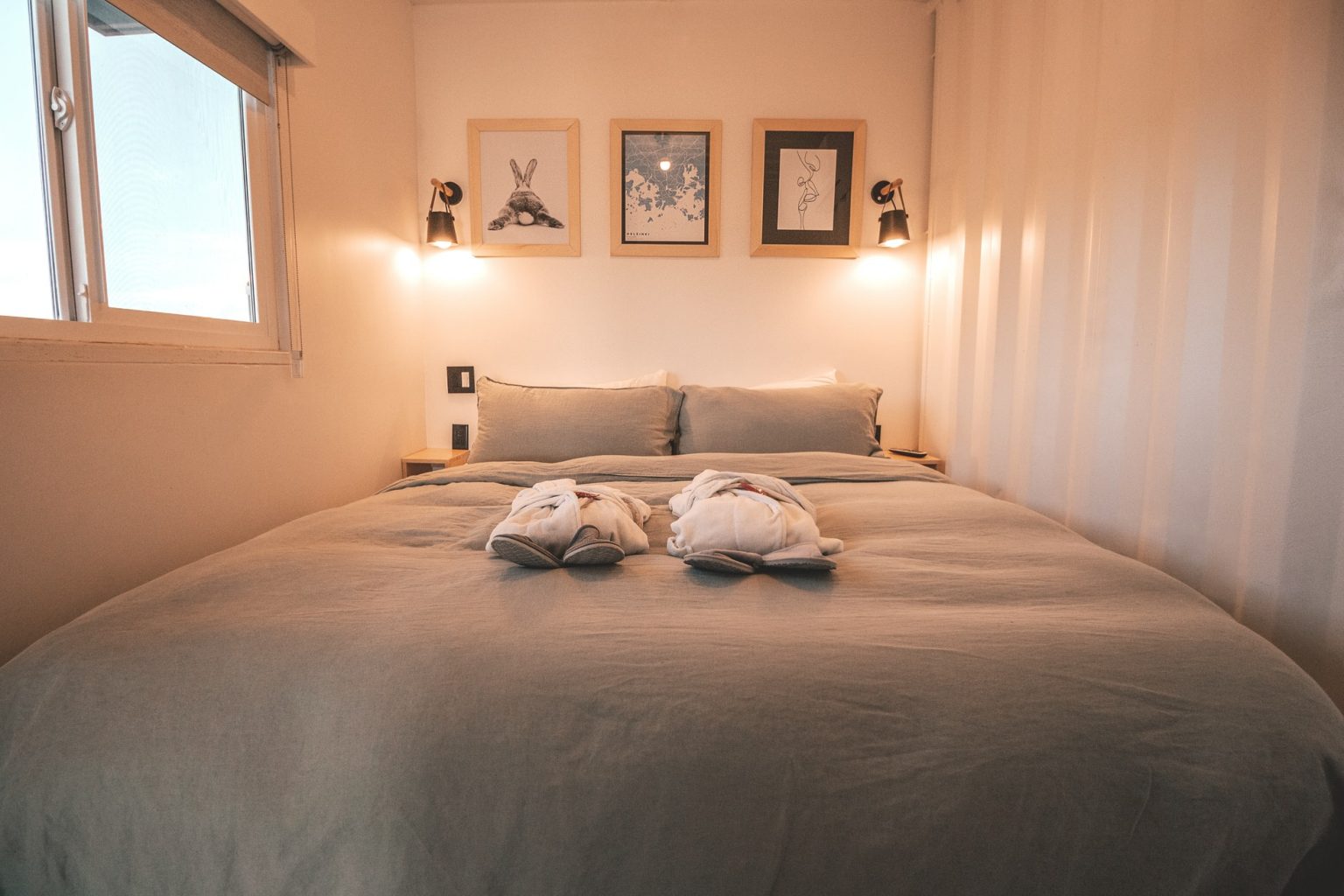
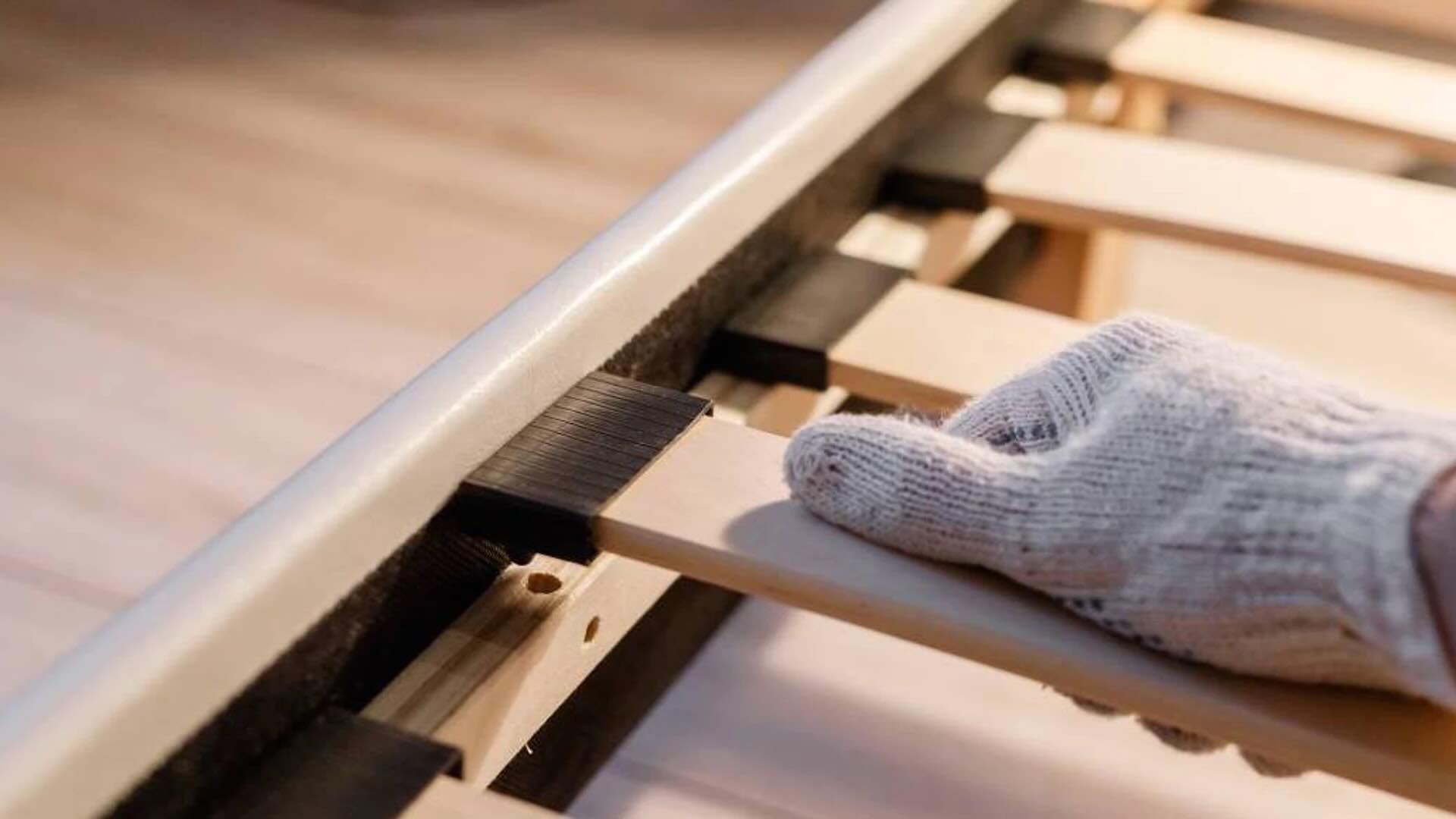
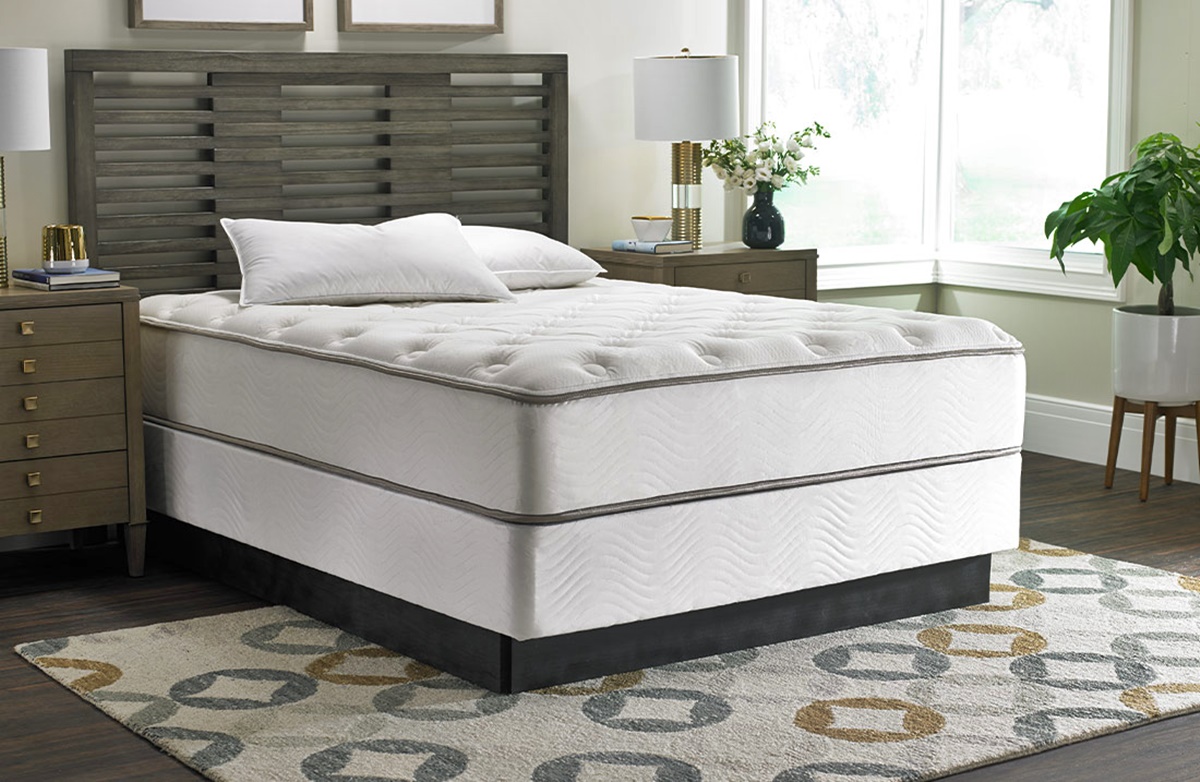
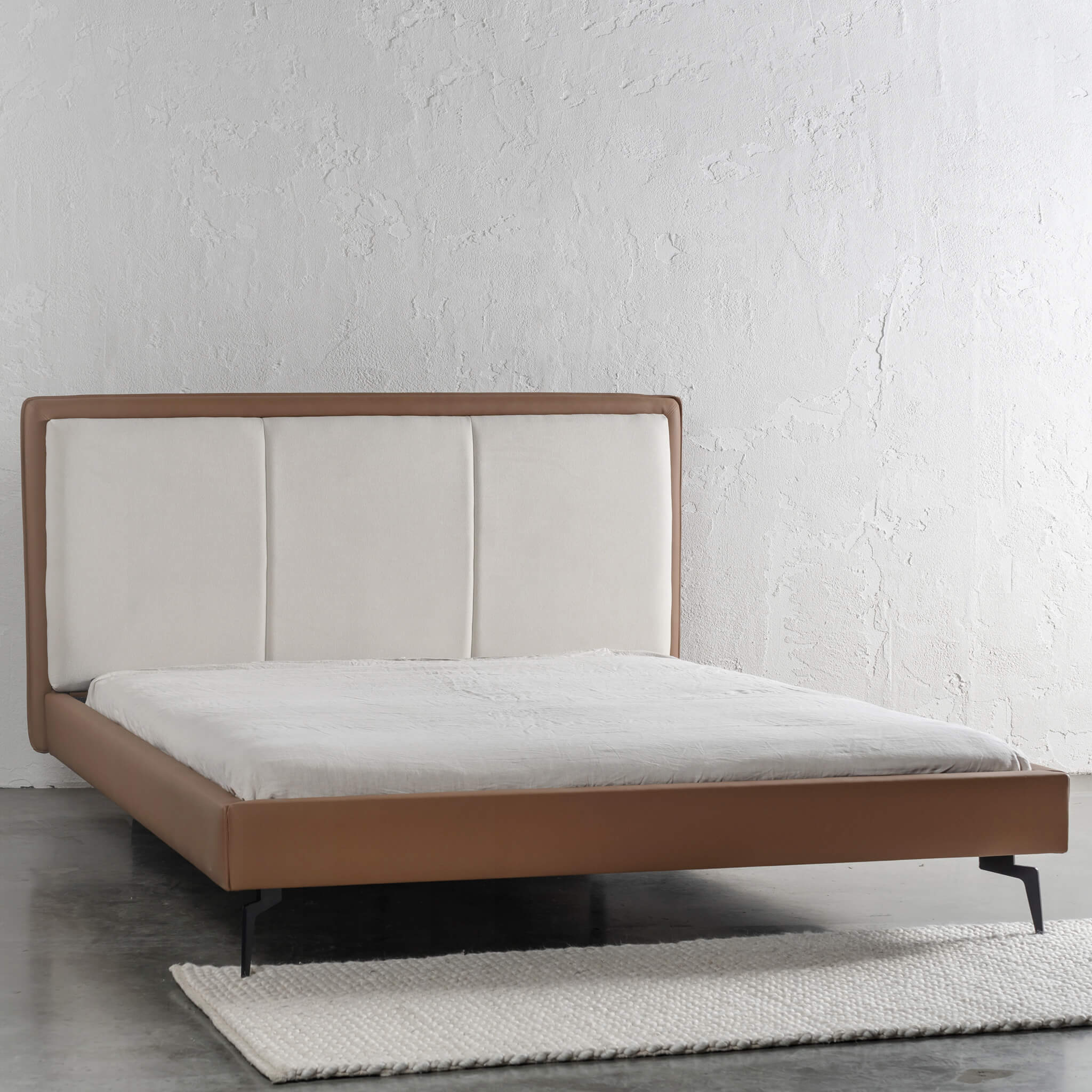

0 thoughts on “Which Bed Frame Requires A Box Spring”